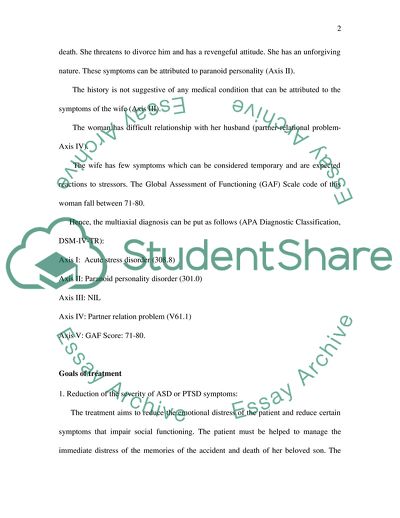Cite this document
(Vignette analysis Case Study Example | Topics and Well Written Essays - 1750 words, n.d.)
Vignette analysis Case Study Example | Topics and Well Written Essays - 1750 words. https://studentshare.org/psychology/1710962-vignette-analysis
Vignette analysis Case Study Example | Topics and Well Written Essays - 1750 words. https://studentshare.org/psychology/1710962-vignette-analysis
(Vignette Analysis Case Study Example | Topics and Well Written Essays - 1750 Words)
Vignette Analysis Case Study Example | Topics and Well Written Essays - 1750 Words. https://studentshare.org/psychology/1710962-vignette-analysis.
Vignette Analysis Case Study Example | Topics and Well Written Essays - 1750 Words. https://studentshare.org/psychology/1710962-vignette-analysis.
“Vignette Analysis Case Study Example | Topics and Well Written Essays - 1750 Words”. https://studentshare.org/psychology/1710962-vignette-analysis.


